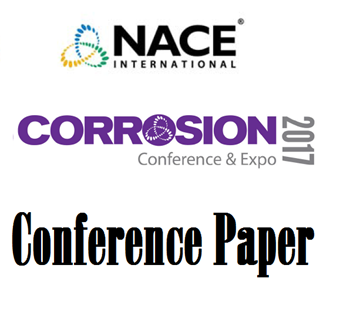Search
08085 High Performance Corrosion Resistant Stainless Steels and Nickel Alloys for Oil & Gas Applications
Also Purchased
Corrosion of Nickel Alloys in Elevated Temperature Sour Gas Environments
Product Number:
51317--9135-SG
ISBN:
9135 2017 CP
Publication Date:
2017
$20.00
51316-7450-Pitting Characteristics of Nickel Alloys – A Review
Product Number:
51316-7450-SG
ISBN:
7450 2016 CP
Publication Date:
2016
$20.00
00629 THE ADVANTAGES OF NICKEL ALLOYS FOR SEAWATER SERVICE
Product Number:
51300-00629-SG
ISBN:
00629 2000 CP
$20.00




